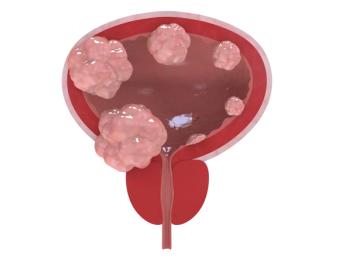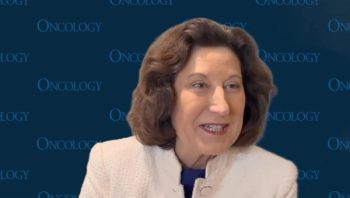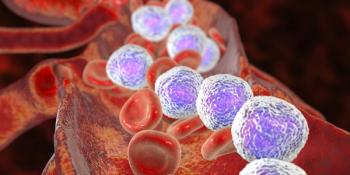
- ONCOLOGY Vol 16 No 8
- Volume 16
- Issue 8
New Edition of Cancer Care’s Helping Hand Available
Cancer Care has published the fourth edition of its handbook-A Helping Hand: The Resource Guide for People With Cancer. The 148-page booklet contains listings and descriptions of organizations that offer a wide variety of services, support, and information for people with cancer. In general, the booklet shows cancer patients what types of help are available to them and where they can find it, both nationally and regionally. Listings include cancer centers, commercial services that offer products of particular interest to people with cancer (such as wigs and prostheses), state pharmaceutical assistance programs, pharmaceutical manufacturers’ indigent drug programs, and useful tips on what to ask when contacting such services.
Cancer Care has published the fourth edition of itshandbookA Helping Hand: The Resource Guide for People With Cancer. The148-page booklet contains listings and descriptions of organizations that offera wide variety of services, support, and information for people with cancer. Ingeneral, the booklet shows cancer patients what types of help are available tothem and where they can find it, both nationally and regionally. Listingsinclude cancer centers, commercial services that offer products of particularinterest to people with cancer (such as wigs and prostheses), statepharmaceutical assistance programs, pharmaceutical manufacturers’ indigentdrug programs, and useful tips on what to ask when contacting such services.
The booklet can be ordered by calling 1-800-813-4673 and is available as asearchable database on Cancer Care’s website,
Articles in this issue
over 23 years ago
Handbook of Gynecologic Oncologyover 23 years ago
Clinton/Reid Bill Would Boost Cancer Tracking at CDCover 23 years ago
House Restores Some Medicare Physician Pay Cutsover 23 years ago
Medicare Proposes Calendar 2003 Pay Rateover 23 years ago
Mathematical Modeling for Breast Cancer Risk AssessmentNewsletter
Stay up to date on recent advances in the multidisciplinary approach to cancer.

















































































